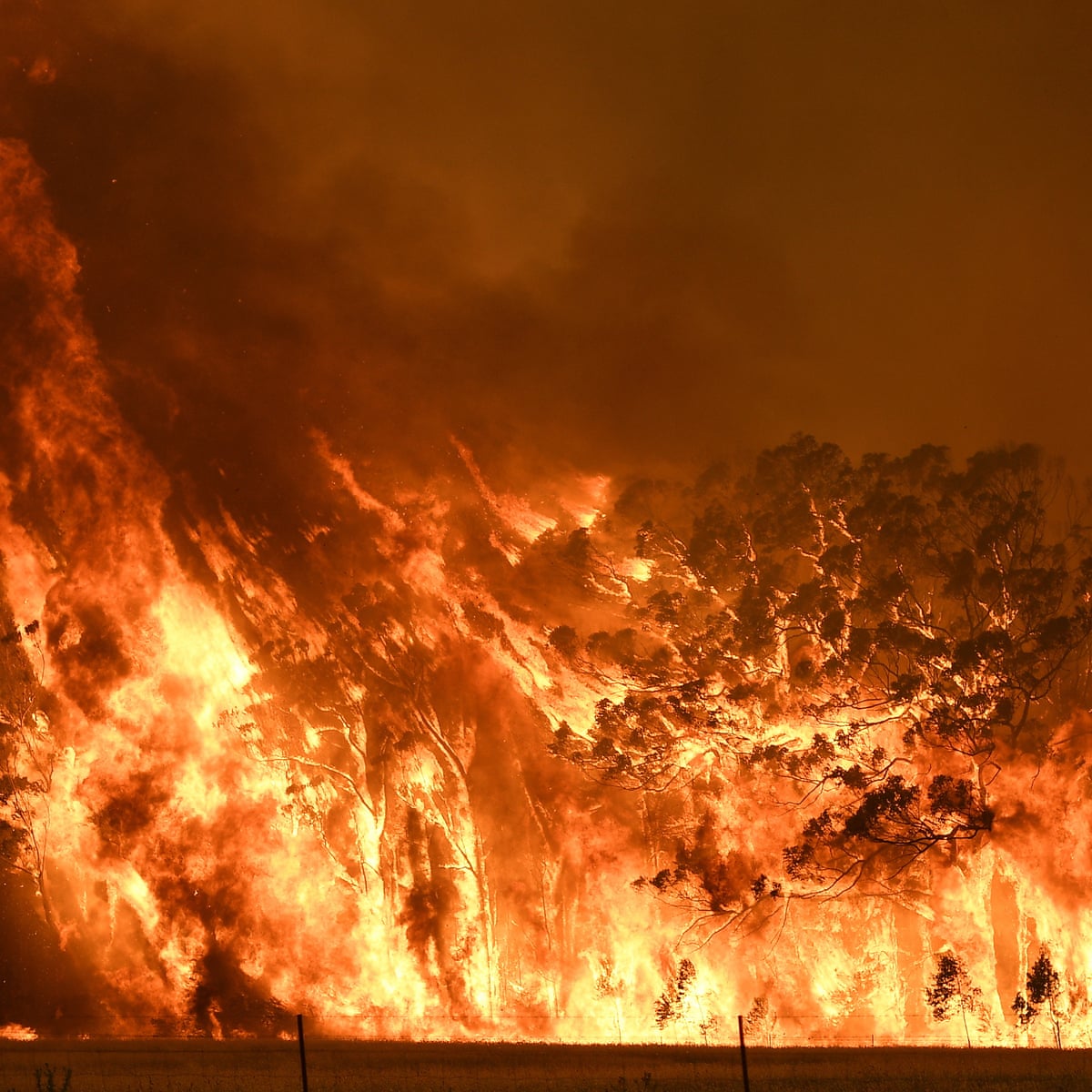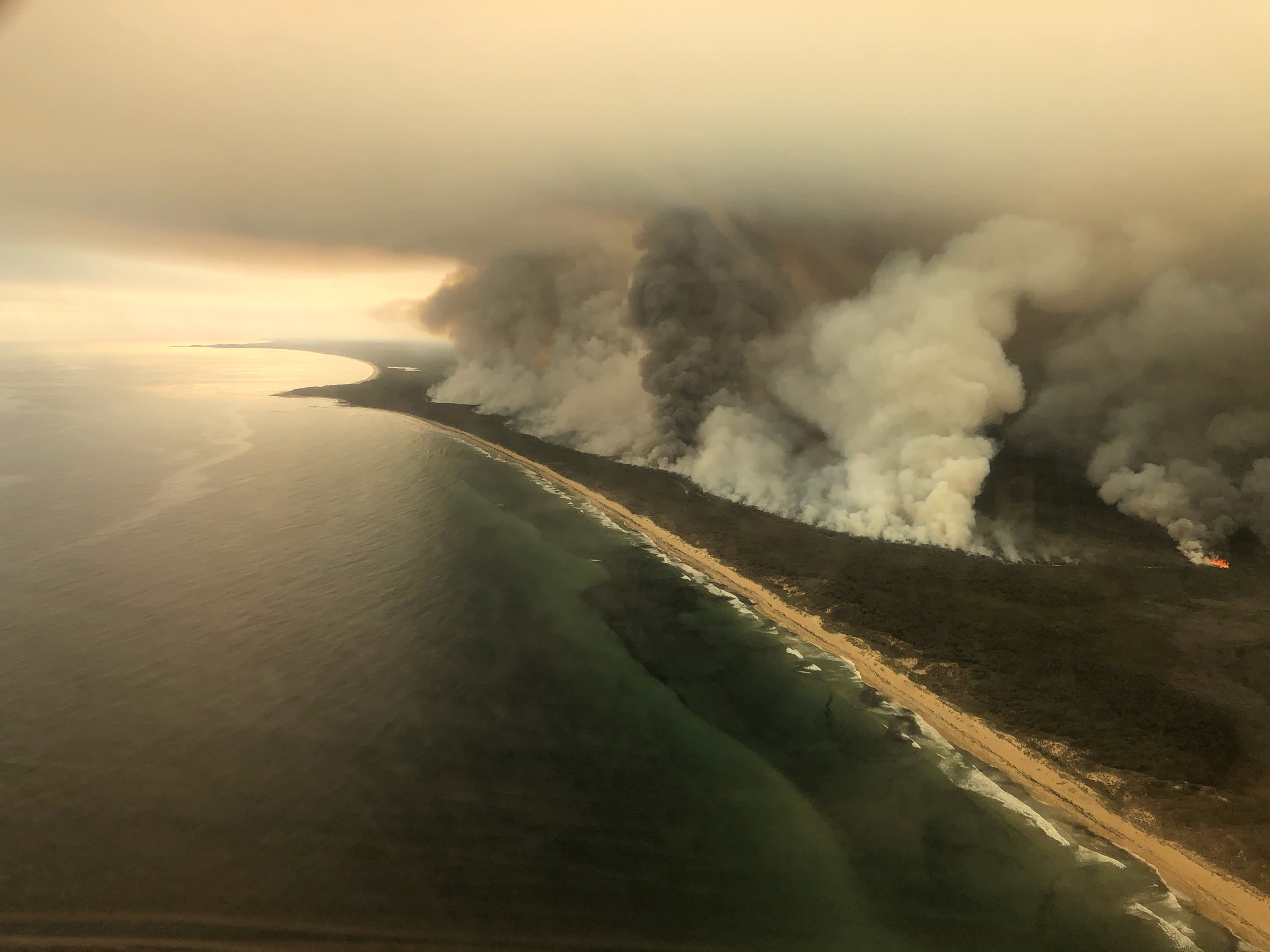
Bushfires are a natural occurrence in Australia, and when they spread out of control near populated areas, they can result in substantial loss of life and property. Bushfires can start in various ways, but three things influence their behavior: the weather, the vegetation, and the terrain. This is the primary reason for the need for strategic bushfire management plans.
Strategic bushfire management planning entails bringing together land and fire managers, communities, and stakeholders to build shared knowledge of bushfire risk and to devise plans and measures to mitigate it. This planning is based on cutting-edge bushfire behavior modeling and research on community values that wildfires can impact. It brings diverse viewpoints together to establish agreed-upon objectives for regional wildfire management.
The Department of Fire and Emergency Services in Western Australia delivers strategic bushfire management planning by collaborating to make the state safer. Aside from that, various organisations provide services to private, business, industrial, and government customers ranging from individual house projects to big-scale developments and hazardous land uses. Bushfire Protection Australia is one such organisation. Throughout Western Australia, these specialists create safety via bushfire management and design.
A Bushfire Management Plan is a document that sets out short, medium and long-term risk management strategies. It is strongly advised that Bushfire Management Plans be created by accredited Bushfire Planning Practitioners in accordance with the Western Australian Planning Commission's Guidelines for planning in bushfire-prone areas with help from the appropriate authorities for emergency services as needed.
Strategic wildfire management planning allows organisations and communities to establish defined goals and strategies for achieving them. It leads to a shared knowledge of risk and a shared minimization plan. Strategic bushfire management planning influences more specific operational-level planning, such as municipal fire prevention and response planning.
Bushfires, like cyclones, ice storms, tsunamis, earthquakes, and volcanic eruptions, are natural catastrophes. All of these disasters are caused by natural forces striking at human lives and values, and they can wreak immense economic and environmental devastation. To some extent, they are all predictable; at the very least, they have all occurred in the past, and nothing has changed to indicate that they will not occur in the future.
To a significant extent, predicting where each natural disaster, particularly bushfires, will occur is also feasible. As everyone knows, the combination of (i) hot, dry summer weather, (ii) flammable wildland fuels or crops, and (iii) fire sources such as lightning or humans means that bushfires are not just a risk but an absolute certainty. The bomb's fuse is always smoldering, and the bomb always explodes - only the size and ferocity change.

Bushfires are unlike any other natural calamity. Not only can they be predicted when and where they will occur, but people can also take extremely effective measures to prevent the harm they cause and maximise the ease with which they may be controlled. In other words, while bushfires cannot be avoided, their damage can be considerably lessened.
This is where bushfire management plans provide assistance. They are not complicated. All of the elements are well-known and have undergone field testing. It is well understood that an effective system begins with laws, policies, and planning and involves, on the ground, preparedness, education, fuel reduction, equipment, training, research, detection, and suppression. Most importantly, for forest regions, it is abundantly clear that an efficient fuel reduction burning programme is required to reduce the occurrence of major, high-intensity "killer" fires.
It is extremely advised that private, commercial, and industrial entities hire a Bushfire Planning Practitioner to create a Bushfire Management Plan. A Bushfire Management Plan must include the information listed below:

The bushfire management planning process involves identifying essential assets, or assets determined to have local value, and estimating the impact and possibility of a blaze affecting these assets. Assets are prioritised for treatment based on their risk rating. Monitoring and evaluation procedures guarantee that risks are managed continuously when a risk treatment is indicated.
I. Establish the context for risk assessment:
II. Identify bushfire-prone assets (human settlements, economic, environmental, and cultural assets).
III. Evaluate the consequence:
IV. Evaluate the likelihood:
V. Calculate risk rating
VI. Determine which risks necessitate asset-specific treatment:
VII. Treat unacceptable risks as follows:
VIII. Recording and reporting: Reporting to the council and other stakeholders
Bushfire Protection Australia is a company that specialises in bushfire control plans. It supports all forms of development and divisional applications, ranging from small to medium settlements to large-scale housing lots, as well as sensitive and hazardous land use development. They specialise in Vulnerable Land Use proposals such as education facilities, vacation rentals, rural communities, caravan parks, and recreational grounds.
"Thank you so much for doing the report for us. It looks great! I just hope we've done enough for the Shire. I'll be sending this information off to the builder who is going to oversee the build. Thanks again, it's been great working with someone that is as efficient as you and I'll certainly recommend your company to others". -M & D
